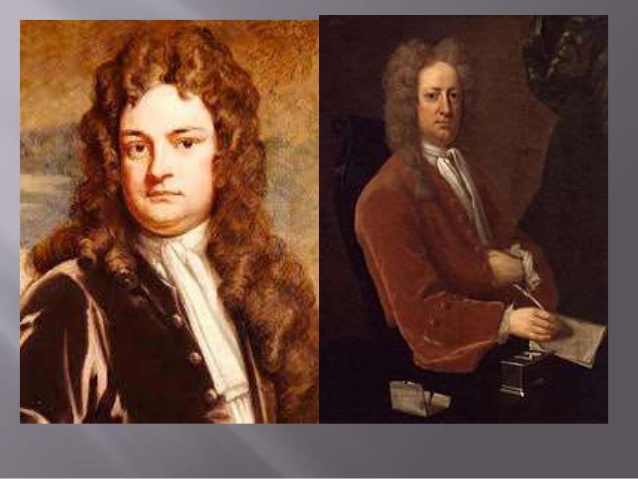 |
| Critical Appreciation of "A Prayer for My Daughter" |
The poet prays for his infant daughter that is sleeping now in her cradle, while a violent storm blows outside. He is gloomy, worried about the future of his daughter because he thinks in his “ excited reverie” that the “second coming”, the time for extreme violence and disorder, has daughter so that she may live well-protected in such a time. He prays for certain qualities for his daughter __qualities that he wishes his to daughter possess when she grows up. He prays for moderate beauty for his daughter, because too much beauty causes havoc.
The next quality that he prays for is courtesy, because courtesy wins the heart of people and leads to becoming generous and honourable like a laurel tree. Next he wishes that his daughter should be without hatred because hatred chokes up the mind. Intellectual hatred, born of opinionatedness, is the worst because it leads to quarrel. A mind devoid of hatred becomes the abode of God. Lastly, he prays that the bridegroom of his daughter should come of an aristocratic family where custom and ceremony are observed. Custom and ceremony are the roots of honour and plenty.
The poem was written against the background of the poet's vision of the approaching anarchy, which he has expressed with great poetic power:
His vision of the Second Coming might have been inspired by the horrors of the World War I which ended in 1919, the year in which his daughter was born. The poem gains poignancy and strength from this threatening background.
Things fall apart, the centre cannot hold;
Mere anarchy is loosed upon the world.
His vision of the Second Coming might have been inspired by the horrors of the World War I which ended in 1919, the year in which his daughter was born. The poem gains poignancy and strength from this threatening background.
It is a lyric poem written in ten stanzas of ottava rima, with some variations in the usual rhyme scheme. The lines are mainly iambic pentameyer, and the rhyme scheme is aabbcddc. The metre and the rhythm are perfectly suitable for the theme of the poem.
Yeats is famous as a symbolic poet. Symbolism plays an important role in this poem also. In the beginning we get the symbol of a howling storm. It symbolizes his vision of the “second coming” The ”murderous innocence of the sea” in this poem, and the ”blood-dimmed tide“ of ”the second coming” are similar in their evocations of the future violence and disorder. The flourishing hidden tree, the laurel, and the linnet symbolize the humble, rich, virtuous flourishing and benevolent future life of his infant daughter. Custom and ceremony stand for ceremonious behaviour corresponding to custom in a society. Horn of Plenty is symbolic of abundance.
Yeats is famous also for poetic style. He chooses words with great precision, and can express many ideas and feelings in a very compressed way, expressing many ideas with the use of minimum words. All these poetic qualities make it a great lyric.




0 Comments